January 26, 2018
Dr. Vikki Weake, an assistant professor in the Department of Biochemistry and PIIN member, was interviewed by Eye on Vision and The Pulse on AMI radio stations in regards to her recent publication published in npj Aging and Mechanisms of Disease journal. In these episodes, Weake discussed why blue light kills photoreceptors in fruit flies and what that could mean for research into human retinal diseases and what steps do you take to protect your eyes and eyesight? The research was performed by a Purdue interdisciplinary team of collaborators that includes Dr. Donald Ready, a professor in the Department of Biological Sciences and also a member of PIIN, and Daniel Leon-Salas, an associate professor in the School of Engineering Technology. The research project demonstrates that exposing flies to strong blue light induces oxidative stress including lipid peroxidation resulting in retinal degeneration.
Dr. Vikki Weake- interviewed by Eye on Vision and The Pulse on AMI radio stations
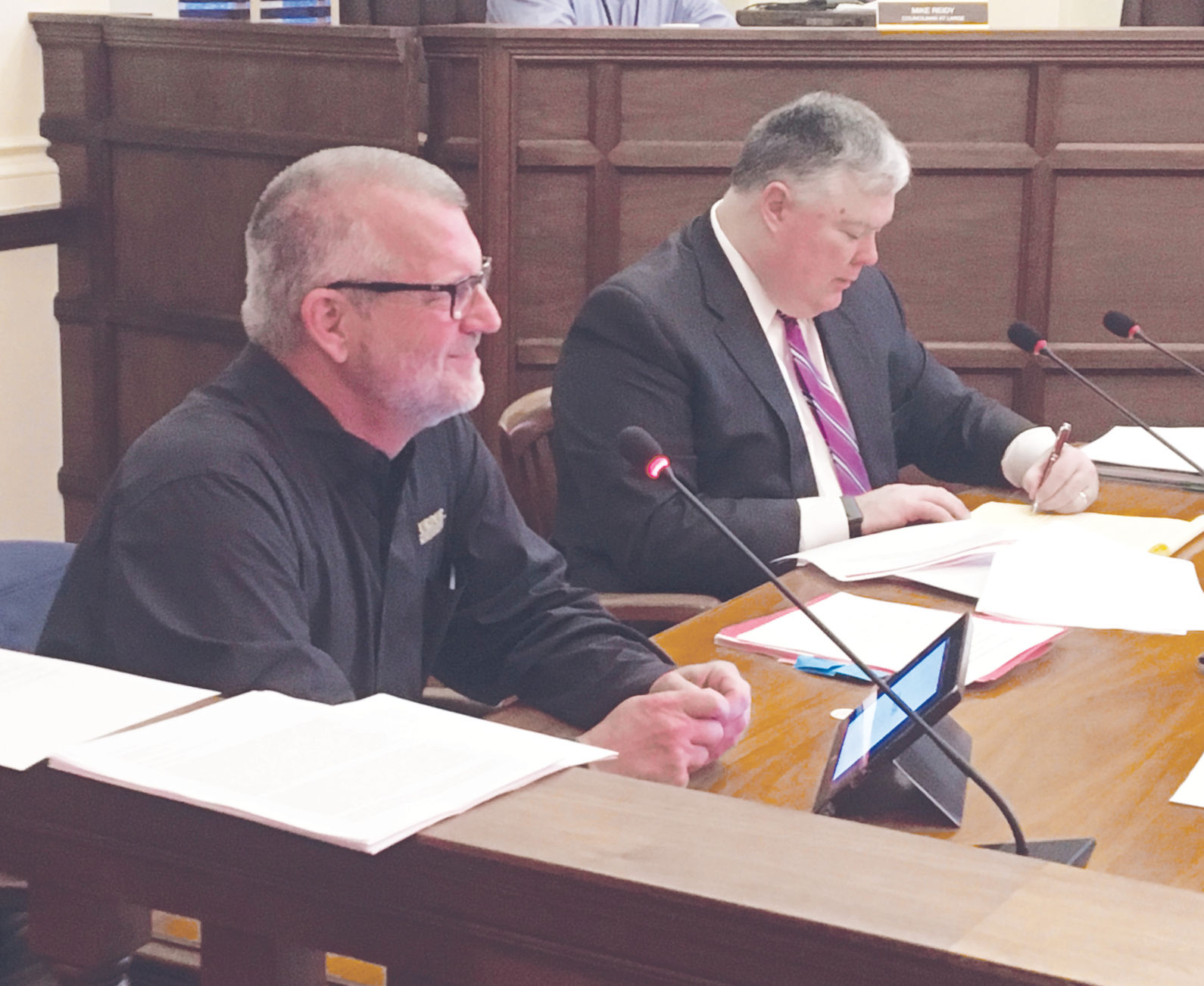
January 23, 2018
At the invitation of Purdue Alum and County Commissioner Phil Bane, PIIN Leadership Team Member Professor Keith Kluender attended the 22 January Meeting of the Montgomery County Commissioners to share information about sound and hearing to assist the County concerning wind farm regulations.
Dr. Keith Kluender:“Noise expert provides testimony at the Montgomery County Commissioners meeting"

January 23, 2018
Dr. Jenna Rickus, the associate vice provost for teaching and learning and professor of agricultural and biological engineering and biomedical engineering and PIIN member, was featured in the Purdue TODAY.
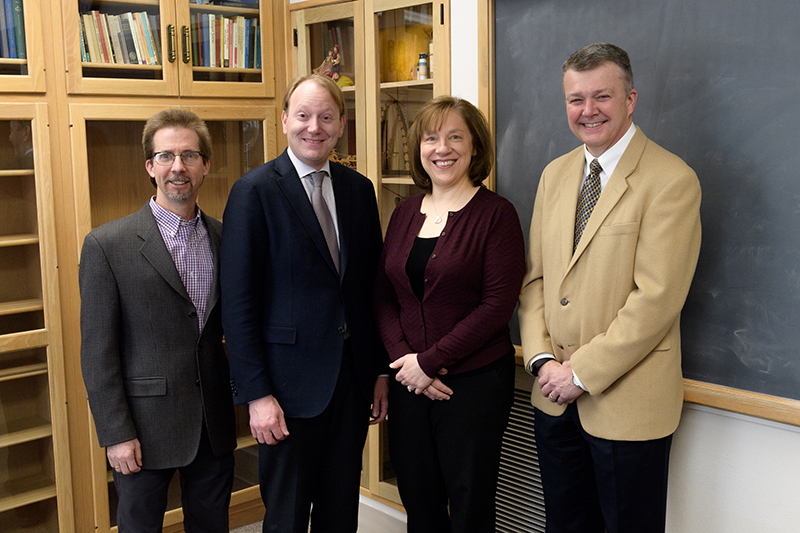
January 22, 2018
Christine Hrycyna, professor and department head in the Department of Chemistry, has been named a 150th Anniversary Professor by the Office of the Provost, honoring her achievements in teaching at Purdue.
PIIN member Christine Hrycyna named 150th Anniversary Professor
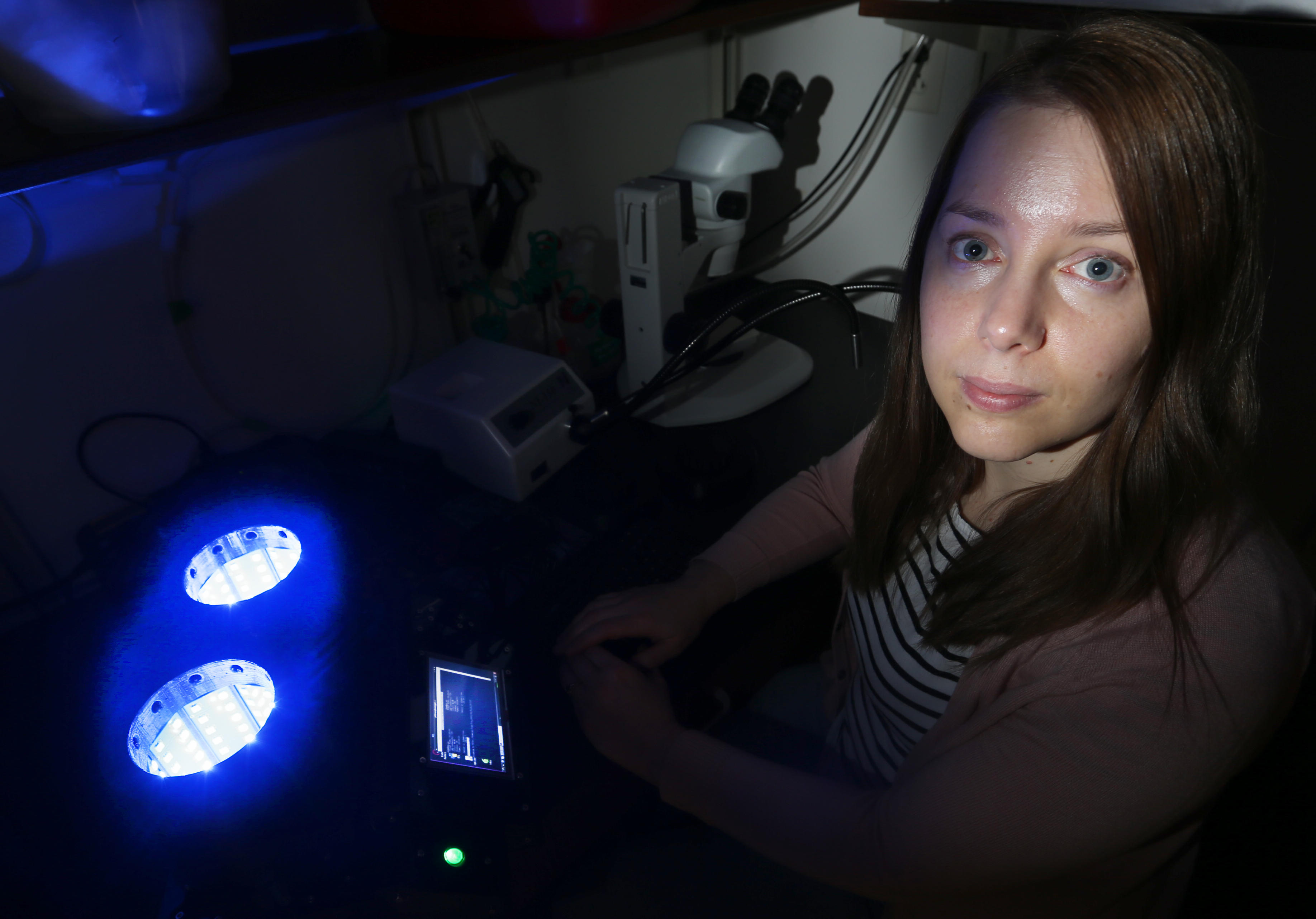
December 15, 2017
Lipid peroxides are generated by oxidative stress in cells and contribute to aging and neurodegenerative disease. Dr. Vikki Weake, an assistant professor in the Department of Biochemistry and Member of the Purdue Institute for Integrative Neuroscience (PIIN), studies aging in the eye and the genetic mechanisms that lead to vision loss as people age. Along with her collaborators Dr. Donald Ready, a professor in the Department of Biological Sciences and also a member of PIIN, and Daniel Leon-Salas, an associate professor in the School of Engineering Technology at Purdue, recently published in the npj Aging and Mechanisms of Disease journal. The research shows that exposing Drosophila melanogaster to strong blue light induces oxidative stress including lipid peroxidation that results in retinal degeneration.
Dr. Vikki Weake and colleagues found how blue light kills cells in a fruit fly, and this research could serve as a model for studying degenerative ocular diseases in humans.
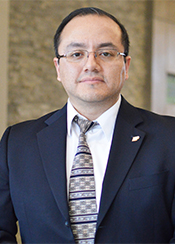
December 15, 2017
Increased spontaneous activity and aberrant neural synchrony is thought to be the underlying cause of tinnitus. The perceived pitch of tinnitus may be dictated by frequency specific neural fibers of the subcortical pathway, or the projection of altered cortical activity by-way-of tonotopic reorganizations. Subcortical neural activity in relation to tinnitus was characterized using ABR measurements. In the present study, 11 patients (21 ears) with constant tonal tinnitus underwent a two-part experiment. Experiment 1 involved click ABR measurements and included two experimental groups: tinnitus with normal hearing from 2000-4000 Hz (GI) and tinnitus with hearing loss within the range of 2000-4000 Hz (GII). Experiment 2 utilized tone burst ABRs matched to each participant’s perceived tinnitus pitch and included two experimental groups: tinnitus with normal hearing at the tinnitus pitch (GIa) and tinnitus with hearing loss at the tinnitus pitch (GIIa). These groups were compared to a control group (GIII) of ten monaurally tested (10 ears) participants with normal hearing thresholds at 250-20000 Hz and no tinnitus. Click ABR results indicate significantly prolonged V-III IPLs for GI and GII and a significantly extended absolute V latency for GII only. Tone burst ABRs matched to tinnitus pitch revealed significantly prolonged absolute latencies and IPLs at three of the seven frequencies for GIIa. ABR threshold seeking was completed and revealed negative eHL values for two of the four different stimuli for GI and GIa and four of the eight stimuli for GII and GIIa. Click ABRs results are suggestive of upper brainstem abnormalities for both groups. While GI demonstrated prolonged V-III IPLs, no significant differences were found for GIa. This suggests that there is no frequency specific subcortical characteristic associated with tinnitus with normal hearing. Frequency specific properties for subcortical activity could not be characterized due to varying results of GIIa.
Detailed Analysis of High Frequency Auditory Brainstem Response in Patients with Tinnitus: A Preliminary Study - Dr. Raymundo Munguia-Vazquez
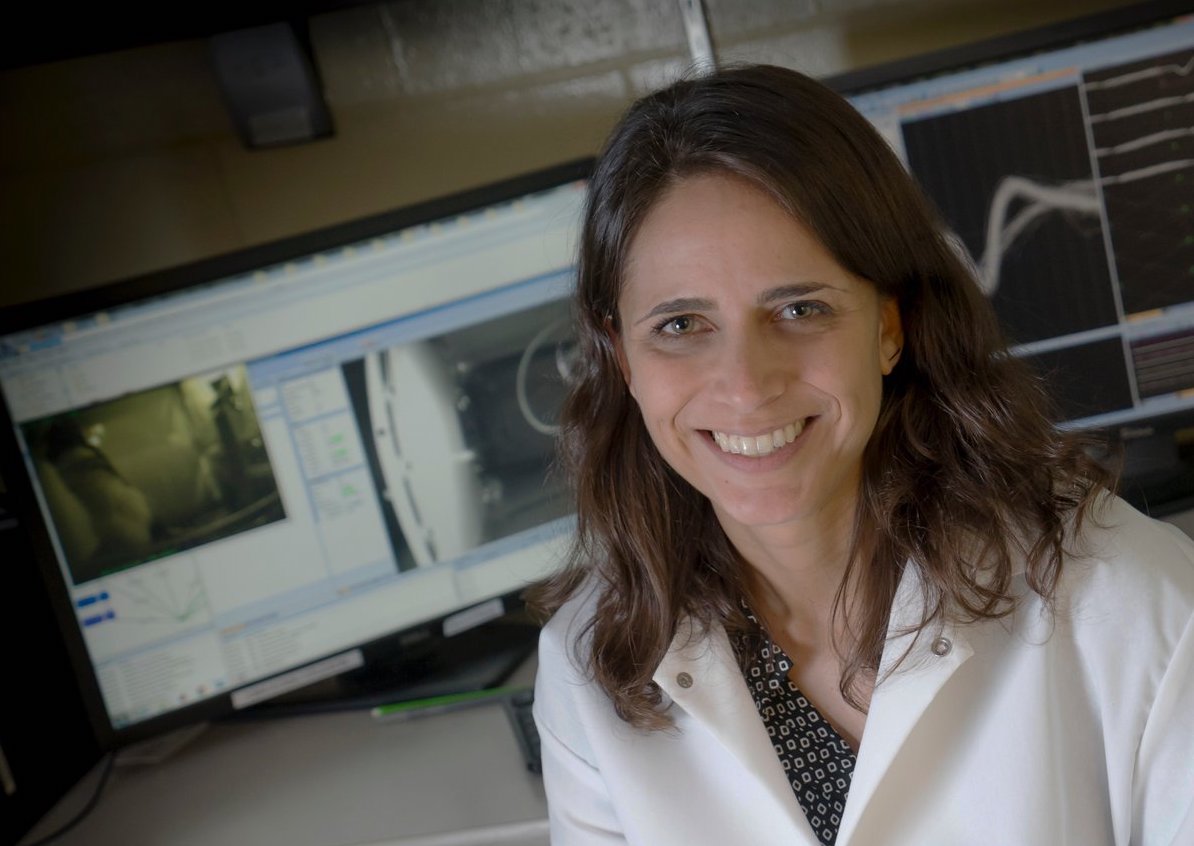
December 15, 2017
Using a behavioral task that compares fear and reward-seeking behaviors in response to environmental cues representing fear, safety and rewards this study investigated the role of dopamine signaling in the basolateral amygdala (BLA) in this learning. The major finding in this study was both a dopamine D1 receptor agonist and antagonist administered either systemically or intra-BLA disrupted the ability to successfully suppress fear in the presence of a safety cue. Interestingly, systemic administration of the D1 receptor agonist only reduced reward-seeking behaviors in a task that included fear and safety learning and did not affect reward-seeking behaviors in a task that only included reward learning. That is, under the influence of a D1 receptor agonist in a task with fear, safety, and reward cues, fear behavior increased and reward-seeking behavior was reduced. These findings highlight the power a successfully learned safety cue can have on modulating both fear and reward behaviors in an environment that contains both potentially aversive and appetitive cues, and that dopamine signaling within the BLA modulates learning of safety cues.
Altering D1 receptor activity in the basolateral amygdala impairs fear suppression during a safety cue - Dr. Susan Sangha

December 15, 2017
We all experience something like “singing a song” or “hearing a music” in our mind without actually hearing it. This cognitive ability, known as “music imagery”, is mysterious. It has empowered Ludwig van Beethoven to compose great symphonies after he was deaf. Latest research from Zhongming Liu’s lab has shown new insights into what happens in the brain when musicians imagine a piece of a symphony. Using brain scans, his group finds that Wernicke’s area, an area for speech comprehension, plays a key role in creating music in mind. This function is not isolated to Wernicke’s area but emerges through its interactions with other brain areas within and beyond the auditory cortex.
Musical Imagery Involves Wernicke’s Area in Bilateral and Anti-Correlated Network Interactions in Musicians- Dr.Zhongming Liu
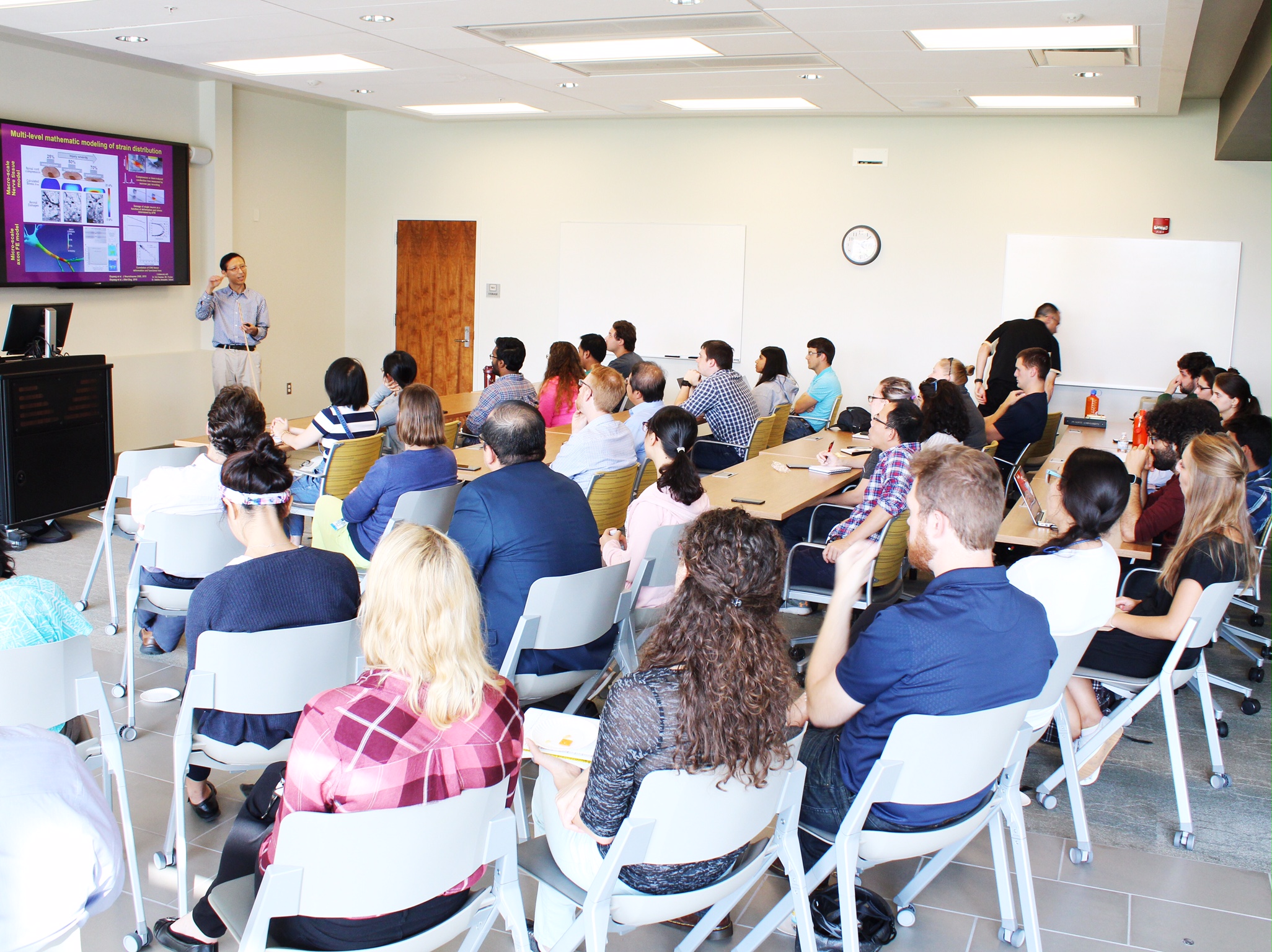
December 15, 2017
The Purdue Institute of Integrative Neuroscience (PIIN) inaugurated a “Brain and Spinal Cord Injury Seminar Series” in the Fall of 2017.The first season of seminars with eight outstanding speakers from four different colleges at Purdue: Vet Med, Engineering, Science, and Pharmacy. Over 100 PIIN members attended one or more of the seminars.
Read More about "Brain and Spinal Cord Injury Seminar Series"
December 5, 2017
Dr. Claudio Aguilar has been named a 2018 University Faculty Scholar for his research efforts and discoveries in the areas of basic and applied cell biology. This is one of the highest research honors at Purdue where the University Faculty Scholars Program recognizes outstanding faculty who are on an accelerated path for academic distinction.